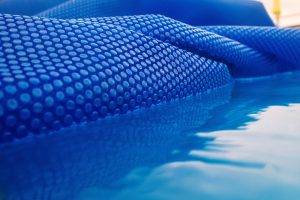Hi All, I'm new to this forum and would greatly appreciate any help that can be offered on this problem.
I am not new to pool maintenance and in the past have generally been able to overcome any issues but this one has me stumped.
I have an 84 cubic metre inground pool with retractable floating cover. The pool temperature at present is around 12°C and the water is clear as most of the time the cover is in the closed position.
I have a pH reading of 7.4, I have a TA reading of 85, a CYA reading of 56. It is a straightforward chlor pool, I tend to use Hypochlorite sticks most the year, liquid chlor at times and just put in blocks when I need to up the CYA. The issue is that I can literally pour in 10 litres of liquid chlor and, within 20 minutes, the pool will show Zero chlor. There is no algae present in the pool, nothing I can see that would be eating it. Phosphate levels are in check, I don't get much debris in the pool due to the cover. Any ideas what could be causing this? Could the cover being closed most the time be creating a problem?
Any ideas / help would be greatly appreciated, thanks in advance.
I am not new to pool maintenance and in the past have generally been able to overcome any issues but this one has me stumped.
I have an 84 cubic metre inground pool with retractable floating cover. The pool temperature at present is around 12°C and the water is clear as most of the time the cover is in the closed position.
I have a pH reading of 7.4, I have a TA reading of 85, a CYA reading of 56. It is a straightforward chlor pool, I tend to use Hypochlorite sticks most the year, liquid chlor at times and just put in blocks when I need to up the CYA. The issue is that I can literally pour in 10 litres of liquid chlor and, within 20 minutes, the pool will show Zero chlor. There is no algae present in the pool, nothing I can see that would be eating it. Phosphate levels are in check, I don't get much debris in the pool due to the cover. Any ideas what could be causing this? Could the cover being closed most the time be creating a problem?
Any ideas / help would be greatly appreciated, thanks in advance.


